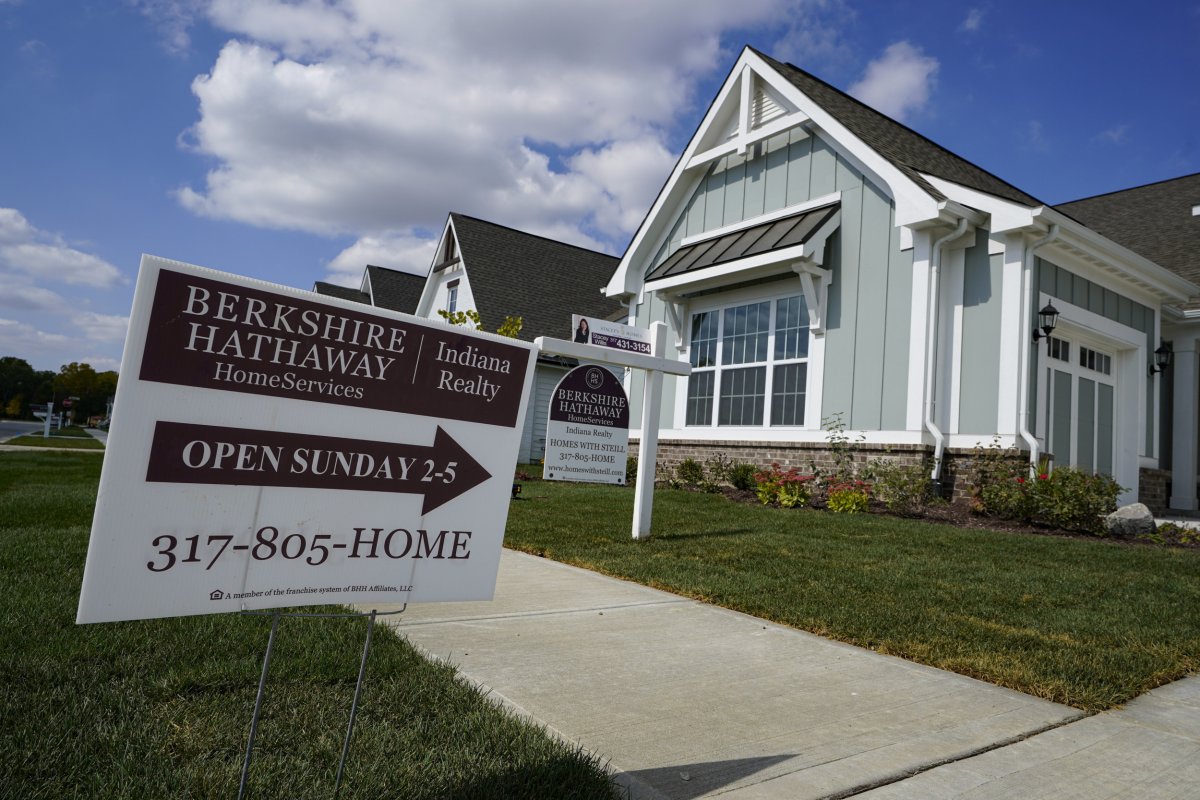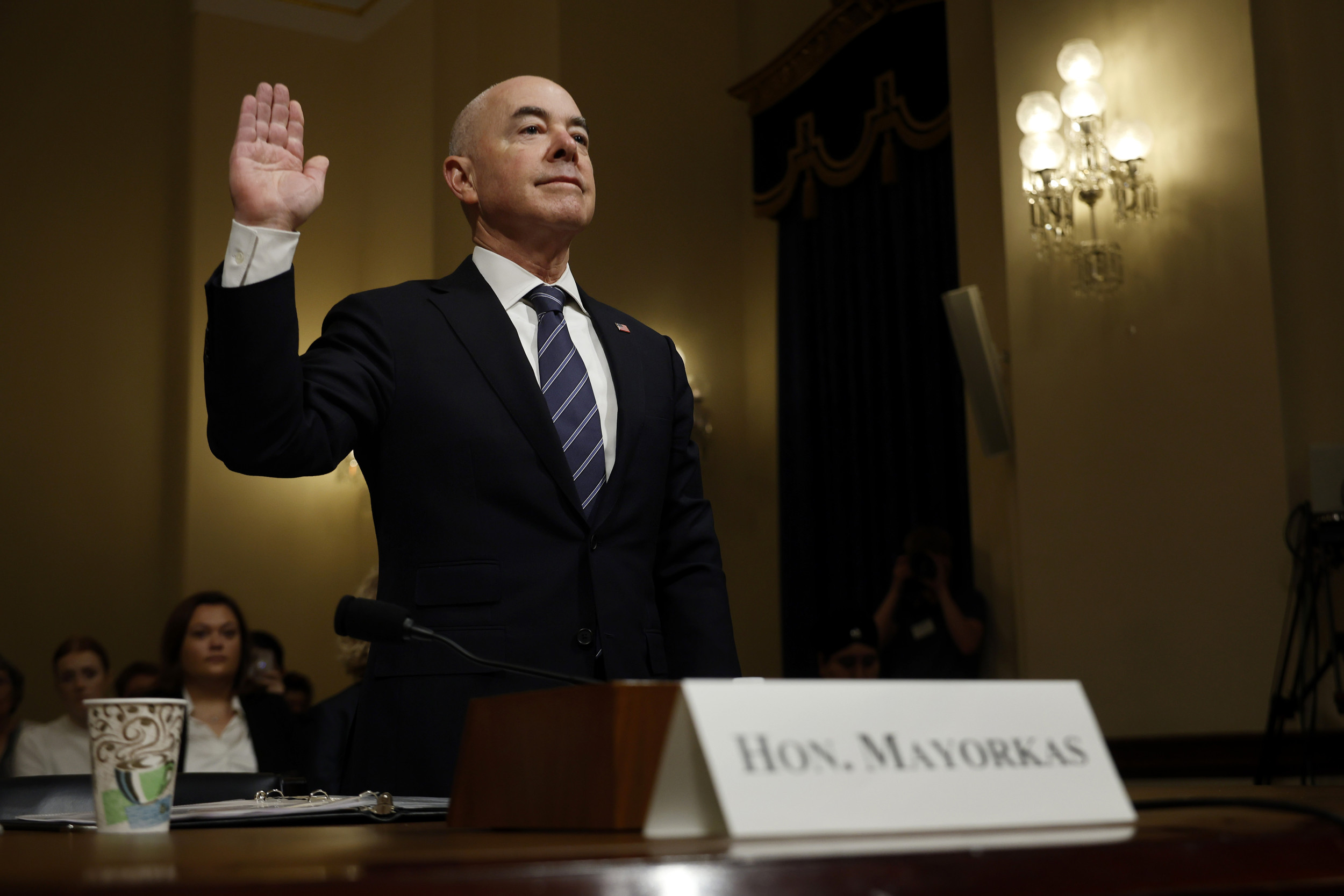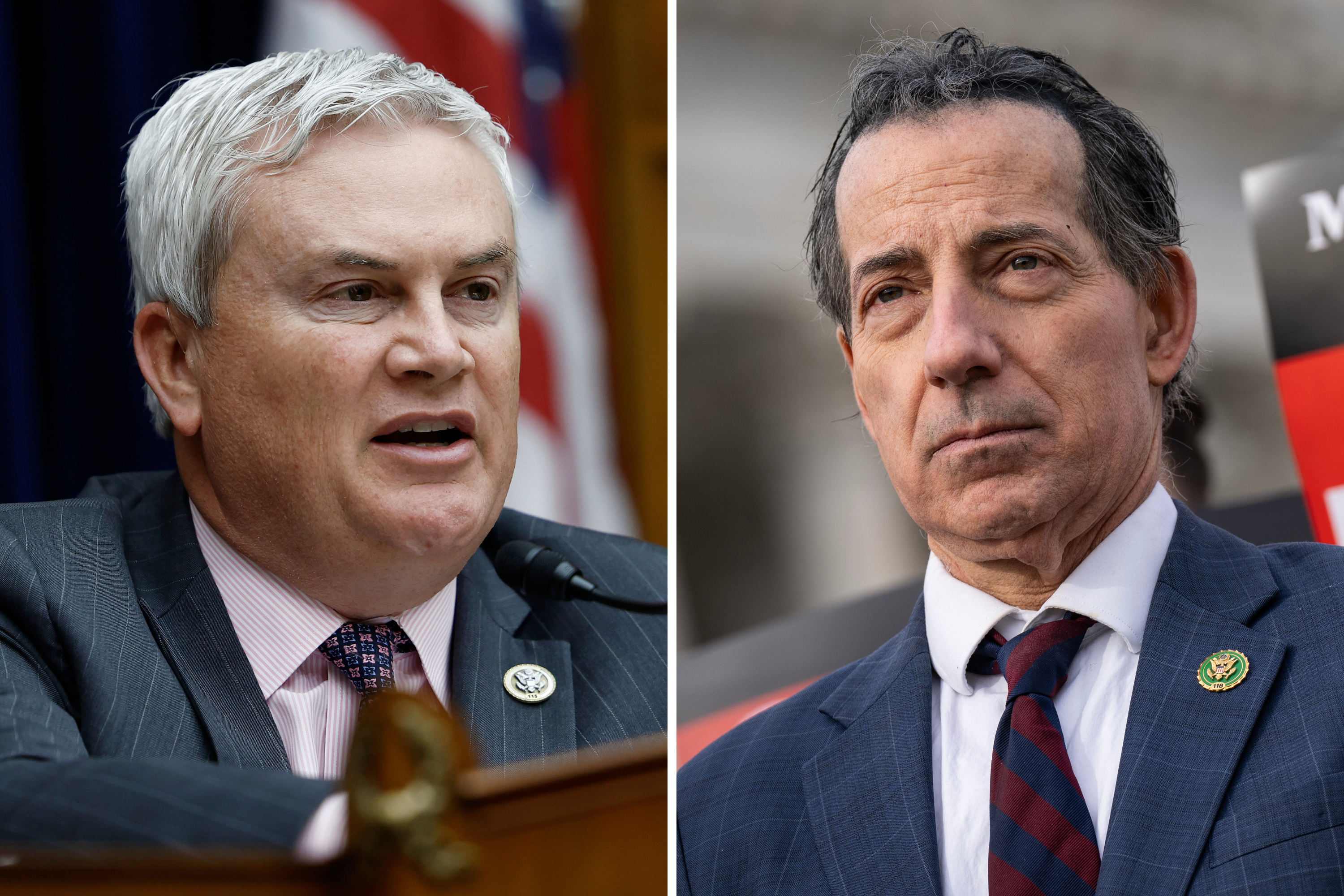The United States housing market is continuing to rise, as the national median home price increased last month, and the Midwest sees the highest growth in sales, the Associated Press reported.
Sales of U.S. homes are climbing as resilient demand continues to push the cost of a home higher. The national median home price jumped to $353,900 last month, a 13.1 percent increase from October last year, according to the National Association of Realtors (NAR) on Monday.
"It looks like the housing market is remaining strong, resilient and one may even say, [had] something like a mini-surge, not the big one we saw last year," said Lawrence Yun, the NAR's chief economist.
While the market increased overall, sales were mixed by region. Sales rose 4.2 percent in the Midwest and 0.4 percent in the South, as sales fell 2.6 percent last month in the Northeast and were flat in the West. Sales across the country fell 5.8 percent from October last year when they peaked following a surge of summer and fall buyers.
Homes are continuing to sell within just days of being put on the markets, typically remaining on the market for 18 days before getting bought last month. This follows a six-month run of homes typically selling after only 117 days on the market.
Eighty-two percent of homes sold in October were on the market for less than a month, the NAR said.
Sales of U.S. homes climbed in October, marking their strongest annual pace since January, existing home sales rising 0.8 percent from September to an annual rate of 6.34 million units, a rise from the predicted 6.18 economists had expected, according to the NAR.
For more reporting from the Associated Press, see below.

Continued job growth, a stock market at all-time highs and rising, but still historically low mortgage rates are helping to drive home sales, Yun said.
Through the first 10 months of the year, home sales are up 11 percent from where they were last year and are 13 percent higher than they were in the same stretch of 2019.
"We're easily on pace for an annual total of at least 6 million this year, which would be the best performance in 15 years," Yun said.
Home sales have been healthy for most of this year, spurred by an ongoing desire among many people for greater space to wait out the coronavirus pandemic. Mortgage rates are also historically low, though they've begun to creep higher in recent weeks.
The average rate on the benchmark 30-year mortgage was 3.1 percent last week, up from 2.98 percent the previous week. A year ago, the rate averaged 2.72 percent. That upward trend is prompting some potential homeowners to act more quickly.
At the end of October, the inventory of unsold homes stood at just 1.25 million homes for sale, down 0.8 percent from September and down 12 percent from a year ago. At the current sales pace, that amounts to a 2.4 months' supply, the NAR said.
Despite the historically low interest rates, the lack of supply combined with a surge in home prices has left many would-be buyers frustrated, especially those shopping for homes in the more affordable end of the market.
Among homes priced at $150,000 or less, sales slumped 24 percent last month, reflecting a dearth of properties available in that price range. Sales of homes in the $250,000 to $500,000 range dropped 2 percent. Much of October's home sales increase was concentrated among properties that sold for $750,000 and higher, the NAR said.
First-time buyers accounted for 29 percent of homes sold last month, up from 28 percent in September. They made up 32 percent of sales in October last year, the NAR said.
Investors, meanwhile, made up 17 percent of sales last month, up from 13 percent in September and 14 percent in October last year. All-cash sales accounted for 24 percent of transactions last month, the NAR said. That's up from 23 percent in September and 19 percent in October of 2020.
Uncommon Knowledge
Newsweek is committed to challenging conventional wisdom and finding connections in the search for common ground.
Newsweek is committed to challenging conventional wisdom and finding connections in the search for common ground.
About the writer
To read how Newsweek uses AI as a newsroom tool, Click here.








